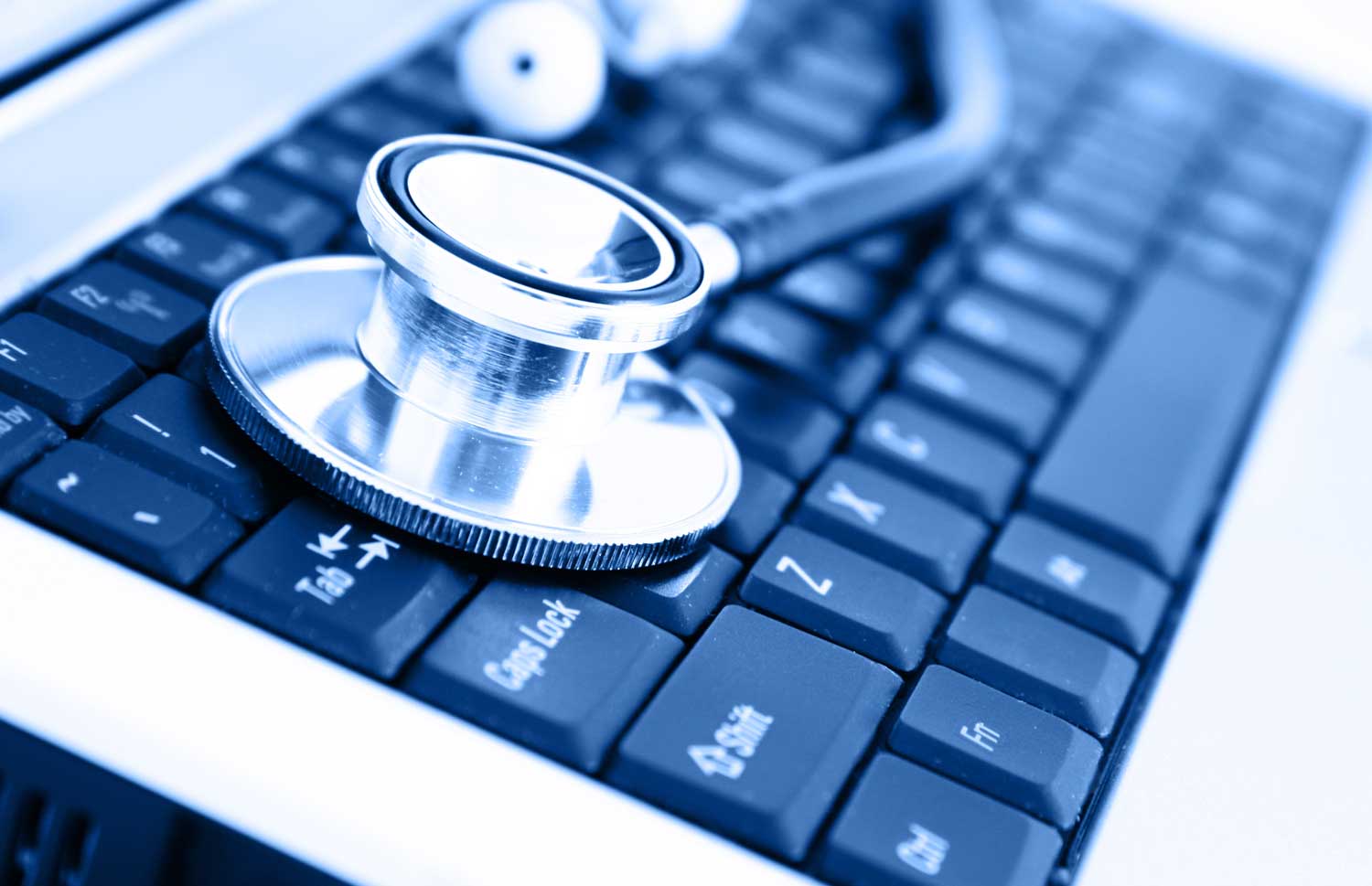Every year, both science and technology march forward with new discoveries, breakthroughs, and inspiration. From a historical perspective (given the time that humans have been around), our recent advancements as the human race have absolutely exploded within the last century. Now, more than ever, scientific research, medicine, and technology are coming together to provide unique and innovative solutions to health and medical issues that impact us all. And while we may not have a cure for all of our diseases, and can’t stop the process of growing old (and the issues that come along with that), we will continue to reach forward to better our lives as humans.
Technologies That Are Changing The Medical Field
- You know that feeling of something sliding out of your grasp? It’s called “shear force” and it’s something that humans respond to naturally, even if we don’t know quite how it works. New developments in robotics have led to a sensitive skin that allow robots to better control shear force. While it’s still in the early stages of development, this could have major implications for robotics and artificial limbs.
- The human brain remains one of the most studied, yet least understood organs of the human body, as it’s a challenge to scientifically study a live brain while it’s being used by its human owner. New research by the Allen Institute of Brain Science in Seattle has successfully used live human brain tissue that was being discarded during surgery to develop a 3D rendering of the living human brain cells.
- The idea of living forever is one that has been prominent both in myth and legend and in scientific research. Can we stop the aging process and live forever? Research is now indicating that although we can slow down the aging process, it can’t be turned off altogether. For now, growing old still remain an “inescapable tenet of life as a multicellular organism.”
- Human babies are tiny when they are born, which can cause challenges when there is something that requires medical intervention at birth. One issue, especially for premature or small babies, is that regular surgical tools may not fit inside of a baby’s body. 3D printing came to the rescue for one case, where the surgeon was able to 3D print a model of a baby born with a deformed skull. This 3D model allowed the surgeon to practice the surgery and find alternative ways to operate ahead of time, thus reducing the risk to the newborn.
Have a medical project?
729 Solutions has medical technology experience and can help with your next project.
